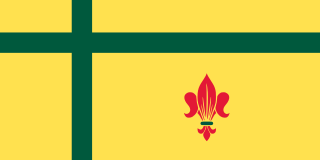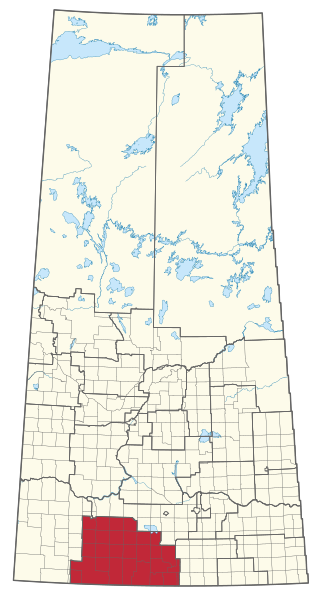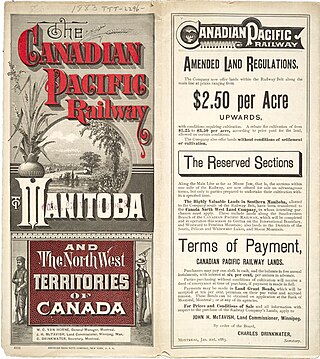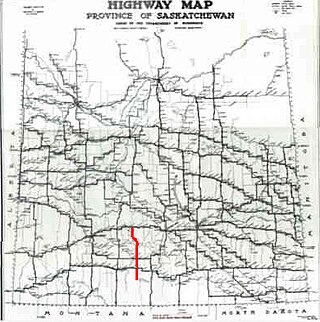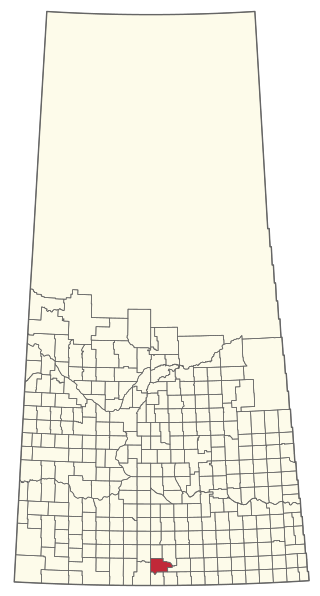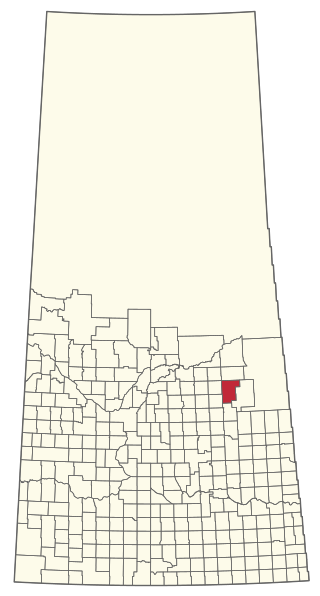This article has multiple issues. Please help improve it or discuss these issues on the talk page . (Learn how and when to remove these template messages)
|
This is a list of francophone communities in Saskatchewan. Municipalities with a high percentage of French-speakers in the Canadian province of Saskatchewan are listed.
The provincial average of Saskatchewanians whose mother tongue is French is 1.1%, with a total of 12,565 people in Saskatchewan who identify French as their mother tongue in 2021. While several communities in these have sizeable French minorities, no municipalities have francophone majorities.
There are several Fransaskois communities throughout Saskatchewan, although the majority of francophones in Saskatchewan reside in the province's three largest cities, Saskatoon, Regina, and Prince Albert.
| Municipality | Type | County, district, or regional municipality | Total population [1] | Percentage of population whose mother tongue is French [1] |
|---|---|---|---|---|
| Aberdeen | Rural municipality | Saskatoon | 1,461 | 2% |
| Assiniboia | Town | Assiniboia | 2,333 | 4% |
| Battle River | Rural municipality | North Battleford | 1,029 | 3% |
| Buckland | Rural municipality | Prince Albert | 3,277 | 3% |
| Candle Lake | Resort village | Prince Albert | 1,160 | 3% |
| Canwood | Rural municipality | North Battleford | 1,351 | 8% |
| Duck Lake | Rural municipality | Prince Albert | 1,010 | 5% |
| Lakeland | Rural municipality | Prince Albert | 1,300 | 2% |
| Meota | Rural municipality | Lloydminster | 1,110 | 3% |
| Moose Jaw | Rural municipality | Moose Jaw | 1,207 | 4% |
| Paddockwood | Rural municipality | Prince Albert | 1,071 | 3% |
| Prince Albert | Rural municipality | Prince Albert | 3,438 | 3% |
| Redvers | Town | Estevan | 1,008 | 11% |
| Shellbrook | Town | North Battleford | 1,510 | 2% |
| Spiritwood | Rural municipality | North Battleford | 1,245 | 4% |
| St. Louis | Rural municipality | Prince Albert | 1,029 | 26% |
A number of small municipalities also have high francophone populations. Small francophone-minority municipalities include: Aberdeen (2%), Albertville (17%), Antler (9%), Arborfield (6%), Arborfield (2%), Auvergne (3%), B-Say-Tah (3%), Bayne (3%), Beatty (8%), Big River (2%), Birch Hills (2%), Bird's Point (3%), Bjorkdale (3%), Bjorkdale (2%), Blaine Lake (2%), Briercrest (3%), Broderick (5%), Bruno (3%), Buchanan (2%), Burstall (3%), Cadillac (4%), Chitek Lake (5%), Cochin (2%), Colonsay (2%), Connaught (8%), Creelman (5%), Cut Knife (2%), Debden (20%), Duck Lake (8%), Edam (3%), Eyebrow (4%), Fenwood (13%), Fish Creek (3%), Gainsborough (2%), Garden River (7%), Glen Harbour (6%), Glen McPherson (7%), Glenavon (3%), Grandview (2%), Grant (17%), Gravelbourg (19%), Gravelbourg (10%), Heart's Hill (2%), Hoodoo (4%), Jansen (4%), Kelliher (2%), Kelvington (3%), Lac Pelletier (4%), Lafleche (6%), Lake Lenore (7%), Landis (11%), Laurier (2%), Leask (3%), Leoville (10%), Leroy (2%), Leslie Beach (5%), Liberty (8%), Lucky Lake (2%), Makwa (13%), Mankota (7%), Mankota (3%), Marcelin (7%), Martin (2%), Maymont (3%), Meacham (5%), Meath Park (3%), Meota (5%), Milden (3%), Montmartre (6%), Moose Mountain (2%), Moosomin (3%), Morse (2%), Naicam (2%), North Portal (4%), Norton (2%), Old Post (3%), Paynton (2%), Pebble Baye (7%), Pinto Creek (6%), Ponass Lake (2%), Ponteix (16%), Poplar Valley (3%), Prud'homme (3%), Punnichy (2%), Quinton (6%), Radisson (2%), Radville (4%), Rama (7%), Reciprocity (7%), Richmound (4%), Riverhurst (3%), Rocanville (3%), Rockglen (3%), Rodgers (5%), Rose Valley (2%), Rosemount (3%), Shamrock (3%), Shell Lake (3%), Shields (3%), Sliding Hills (2%), Smeaton (3%), Spalding (2%), Spalding (2%), Spiritwood (3%), Spy Hill (3%), St. Brieux (5%), St. Louis (10%), St. Walburg (3%), Storthoaks (12%), Storthoaks (6%), Sutton (11%), Thode (3%), Tobin Lake (4%), Torquay (2%), Turtle River (3%), Turtleford (2%), Val Marie (4%), Vanguard (3%), Vonda (9%), Wakaw (3%), Waverley (3%). Wee Too Beach (7%), Weldon (7%), White Valley (3%), Willow Bunch (14%), Willow Bunch (10%), Wise Creek (11%), Wood River (5%) and Zenon Park (31%).

